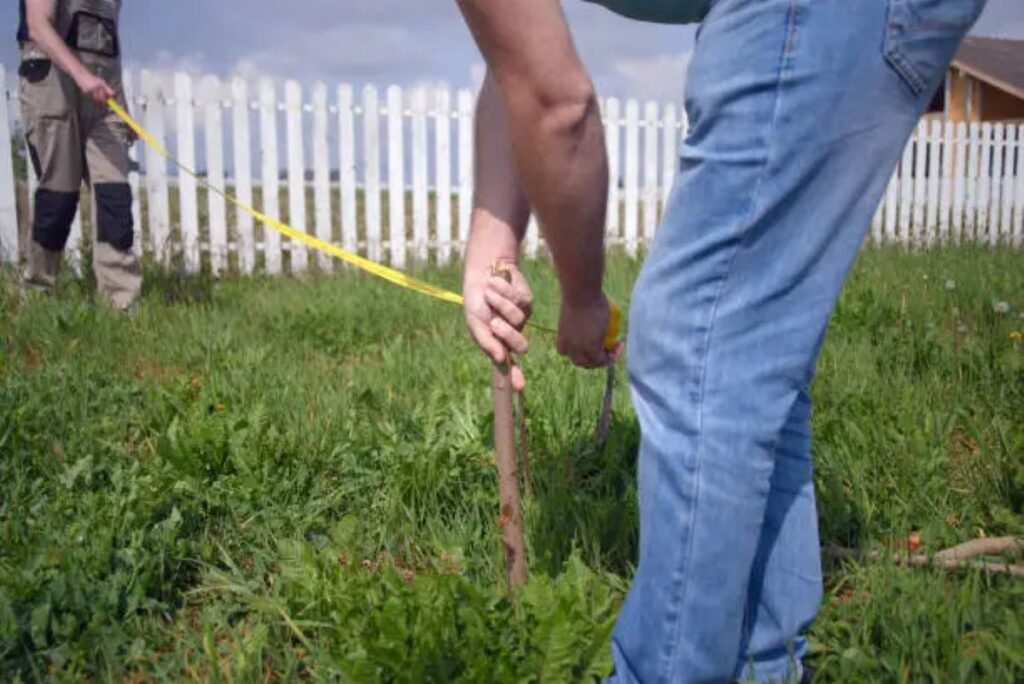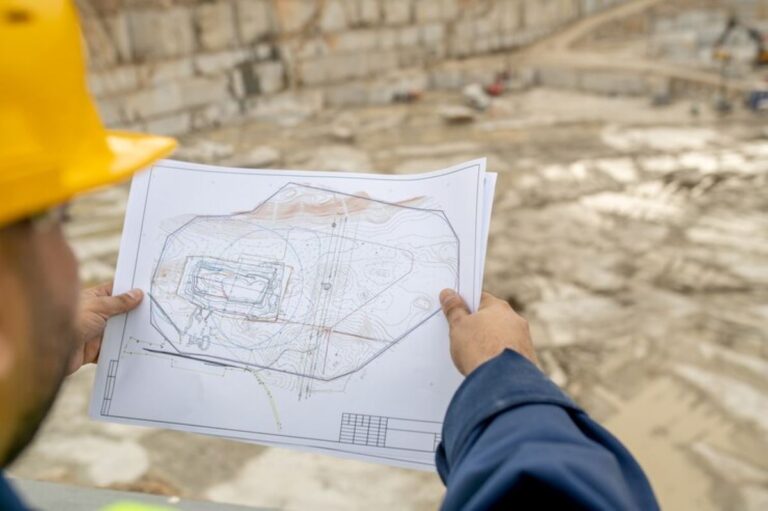When purchasing a property, one of the most critical steps prospective buyers should take is conducting a boundary survey. This vital process provides clarity on property lines, verifying ownership and preventing potential disputes. Boundary surveys have numerous benefits, from protecting your investment to ensuring compliance with local regulations. In this article, we will explore the importance of boundary surveys and the comprehensive aspects that buyers should understand.
Understanding Boundary Surveys
To appreciate the significance of a boundary survey, it’s essential to grasp what it entails and its fundamental components.
What is a Boundary Survey?
A boundary survey is a detailed examination of a specific parcel of land, conducted by licensed surveyors who assess and mark the exact lines that define the property. This survey involves various techniques and equipment to gather accurate measurements and create a visual representation of the property’s boundaries.
This survey not only identifies where a property begins and ends but also documents features such as buildings, fences, roads, and any easements that may affect the land. Moreover, it plays a crucial role in representing legal descriptions tied to the property’s title. Understanding these boundaries is vital for property owners, as encroachments or disputes with neighboring properties can lead to significant legal challenges.
Key Components of a Boundary Survey
Several key components make up a boundary survey. These include field measurements, documentation of existing landmarks, and the establishment of boundary lines based on local ordinances. Surveyors will also research public records for historical boundary information and analyze any previous surveys that may be available.
Additionally, boundary surveys typically include a survey plan or map that visualizes the findings. This document not only serves as a record but may also be invaluable in any future legal contexts or discussions regarding the property. It’s important to note that the accuracy of a boundary survey can significantly influence property values, development potential, and even insurance requirements. A well-executed survey can provide peace of mind to property owners, ensuring that they are fully aware of their rights and responsibilities concerning their land.
Furthermore, boundary surveys can also uncover potential issues that might not be immediately visible, such as encroachments from neighboring properties or discrepancies in historical records. This proactive approach can save property owners from future disputes and facilitate smoother transactions when buying or selling land. In an era where land use is becoming increasingly complex, having a comprehensive understanding of one’s property boundaries is more crucial than ever.
Why Boundary Surveys Matter
Understanding the importance of boundary surveys goes beyond mere property lines; it encompasses legal and financial implications that can significantly impact property ownership.
Legal Implications of Boundary Disputes
One of the most common issues faced by property owners occurs when disputes arise regarding land ownership. Without a current boundary survey, you may unknowingly encroach on your neighbor’s land or vice versa. These disputes can quickly escalate into legal battles, consuming time and resources.
A boundary survey provides irrefutable evidence of land ownership, making it a vital defense in any legal situation. In the event of a dispute, a clear and accurate boundary survey serves as a formal record that can help resolve conflict amicably and efficiently. Furthermore, many jurisdictions have specific statutes of limitations regarding property disputes, meaning that the longer you wait to address boundary issues, the more complicated and costly they can become. Engaging a professional surveyor not only clarifies your property lines but also helps you understand any easements or rights-of-way that may affect your land use.
Financial Benefits of Conducting a Survey
Investing in a boundary survey can result in substantial financial benefits. By clearly defining property lines, you can avoid costly mistakes, such as improvements that inadvertently encroach on neighboring properties or zones.
Moreover, having an accurate boundary survey can influence real estate transactions, as potential buyers may be willing to pay a premium for properties with clearly defined boundaries. This proactive measure can enhance property value and streamline the selling process in the future. Additionally, many lenders require boundary surveys before approving mortgages, as they want to ensure that the property being financed is free from disputes. This requirement can further underline the importance of having a survey completed, as it not only protects your investment but also facilitates smoother transactions. In some cases, property insurance premiums may be lower for homes with verified boundaries, as the risk of disputes and claims is significantly reduced.
The Process of Conducting a Boundary Survey
The process of conducting a boundary survey is thorough and typically consists of multiple steps. Understanding this procedure will provide clarity and confidence when navigating property transactions.
Steps Involved in a Boundary Survey
The first step in conducting a boundary survey involves hiring a qualified surveyor who understands local regulations and has the necessary experience. Once hired, the surveyor will visit the property to take precise measurements, study existing property lines, and analyze the land’s physical features. This initial visit is crucial, as it allows the surveyor to identify any potential issues such as encroachments or discrepancies with neighboring properties that could complicate future transactions.
After compiling measurements and relevant documents, the surveyor will create a comprehensive report that includes a survey map and detailed descriptions of property boundaries. This document is essential for future legal considerations and property valuation. Additionally, the surveyor may also provide recommendations for resolving any boundary disputes or issues that were uncovered during the survey, which can be invaluable for property owners looking to avoid conflicts down the line.
Choosing a Qualified Surveyor
Selecting a competent surveyor is critical. It’s vital to ensure that the surveyor is licensed and insured, possessing experience specific to the property type you are purchasing. Checking references, reading reviews, and evaluating previous work can provide additional assurance regarding the surveyor’s capabilities. In some cases, it may also be beneficial to seek out surveyors who are members of professional organizations, as this can indicate a commitment to maintaining high standards within the industry.
Furthermore, it’s advisable to communicate openly with the surveyor about your concerns and objectives to ensure that the survey meets your needs effectively. Discussing your specific goals, whether they involve potential development plans or simply clarifying existing boundaries, can help the surveyor tailor their approach. Additionally, understanding the timeline and costs associated with the survey will help you manage expectations and budget accordingly, ensuring a smoother process overall.
Common Issues Identified by Boundary Surveys
Boundary surveys can uncover various issues that may not be apparent to prospective buyers at first glance.
Encroachments and Easements
One of the primary concerns that boundary surveys reveal are encroachments. Encroachment occurs when a physical structure, such as a building or fence, extends beyond a property’s legal boundaries onto adjacent property. Identifying these issues can prevent neighborly conflicts and legal complications.
Additionally, surveys often reveal easements—legal rights granted to use a portion of someone else’s property for a specific purpose, such as utility access. Understanding any easements that may affect your property is crucial to ensure you comply with the associated regulations and obligations.
Discrepancies in Property Lines
Discrepancies in property lines can also arise, particularly in older properties where records may be incomplete or inaccurate. A boundary survey can help clarify such discrepancies, offering peace of mind and the chance to rectify any issues before they develop into larger problems. Visit https://masterkeyplace.com/how-a-cadastral-survey-protects-your-property-rights/ to get how a cadastal survey protects your property rights.
Bringing any inconsistencies to light allows prospective buyers to make informed decisions and negotiate accordingly before finalizing a property purchase.

How Boundary Surveys Protect Your Investment
Ultimately, boundary surveys are essential in protecting your investment in real estate.
Ensuring Accurate Property Valuation
Accurate boundary surveys can lead to proper property valuation. An correctly defined property line can affect how assessors measure the land, influencing its market value and taxation. Being aware of the property’s true boundaries supports a fair evaluation that reflects its worth.
By ensuring that you pay a fair price for your property, you mitigate risks associated with purchasing land and help secure a solid long-term investment.
Avoiding Future Legal Conflicts
Properly conducted boundary surveys create a starting point to avoid future legal disputes. By understanding and establishing clear boundaries upfront, property owners can significantly reduce the risk of conflict with neighbors over property rights.
In an era where real estate transactions can have lasting consequences, safeguarding your investment and future by performing a boundary survey is a prudent choice. Overall, conducting a boundary survey can serve as a protective measure, providing invaluable insights that enhance your ownership experience, ensure compliance, and offer reassurance as you navigate the complexities of property ownership.

